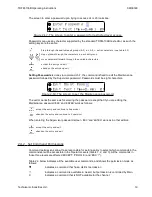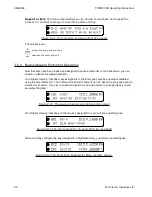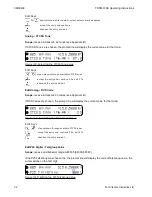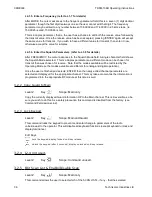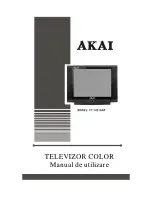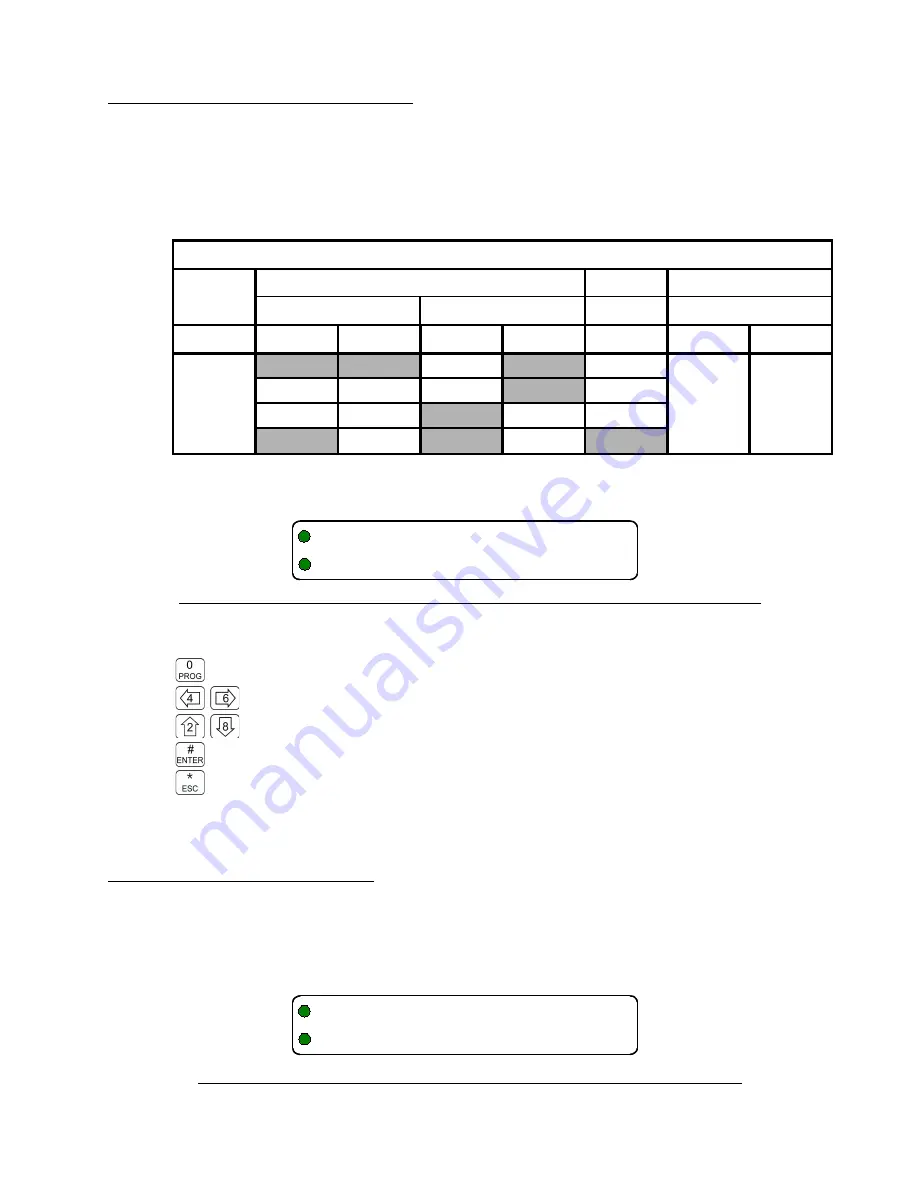
TDFM-136B Operating Instructions
08RE399
2.4.3
Control Access to Squelch Modes
The squelch modes are among the more complicated editing and configuring options; the system
supports an access control scheme that allows you to enable access only to modes that your
organization or specific mission needs.
Command L4-9 is used to restrict user access to squelch modes, editing, and select options, this
can be used to simplify operation and reduces the potential to mis-configure the system. The
access restrictions operate according to the following table:
Table 2-4. Squelch Mode Restrictions
Keys
Mode Select
Edit
Value Select
Analog
Digital
Analog
Analog
← →
Rx
Tx
Rx
Tx
Mode
Tones
Codes
↑
↓
NAC
Noise
Enable /
Disable
individual
Tones.
See table
Appendix C
Enable /
Disable
individual
Codes.
See table
Appendix C
Tone
Tone
TalkGroup
Tone
Code
Code
ID Call
Code
Inhibit
Inhbit
Upon start, the display appears as follows:
Figure 2-20. The Screen showing Mode Select restrictions for Analog Receive.
The user may edit the permissions as follows:
Toggle permission (
¥
= enabled,
¤
= disabled
move backward/forward through the restriction screens (
← →
select column in table)
step up/down through column entries (
↑ ↓ select row in table)
accept the entry and exit
abandon the entry and exit
Note you may only restrict editing of a selected value in analog modes.
2.4.4
Control Editing of Memories
In some cases it may be advantageous to set up a memory, and then ensure that the configuration
of that memory cannot be changed by the user. Command 4-4 provides this function. The
currently selected channel memory - as determined by the front panel switch positions -may be
enabled or disabled for editing. The command screen appears as follows:
Figure 2-21. The screen for Enabling/Disabling edit of a specific Memory.
Technisonic Industries Ltd.
21
Squelch Restrict: Select
Analog Rx: Tone ¥
4-4 Set Memory Edit
Mem: 022 Edit Disable













